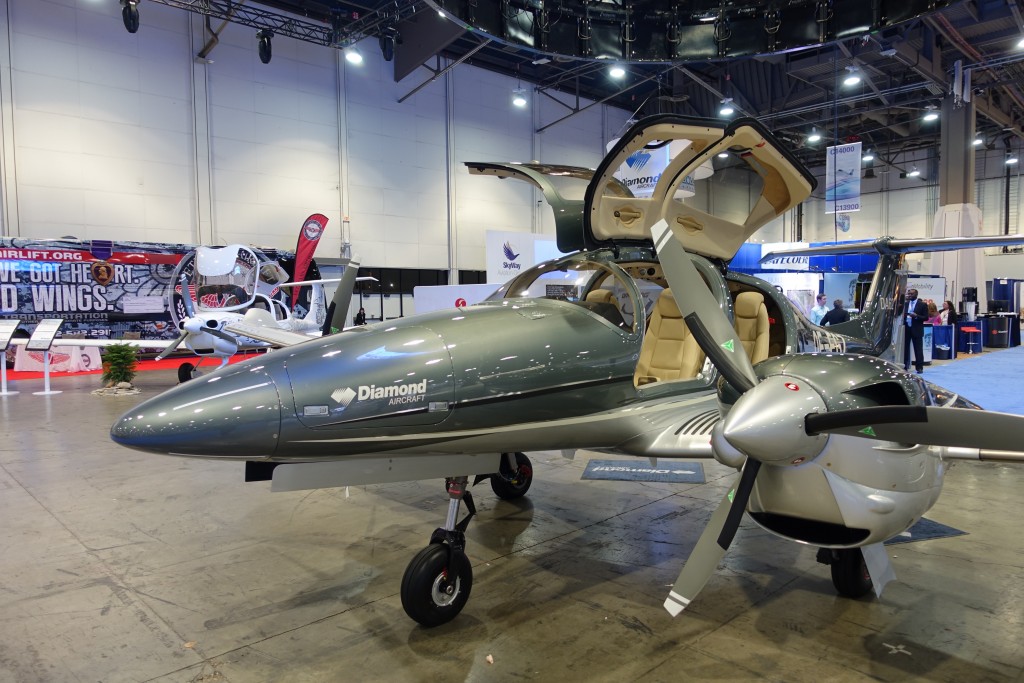At least a subset of Californians are enthusiastic about spending what will probably be over $100 billion in taxpayer funds on high-speed rail (previous post). The high-tech train would be built and run by the government. My recent experience with a much simpler technology in California was the following:
- attended conference of computer programmers, each equipped with a crazy complement of devices, at Chaminade, a privately-run hotel and meeting space. Internet was fast and reliable, even with 200 people in the same room checking the Web, streaming YouTube, etc.
- visited the International Terminal at SFO, recently constructed at a cost of $1 billion, and tried to use the government-run WiFi network, which was intermittent and delivered about 56 kbps in average throughput, despite the terminal being nearly empty on a Sunday evening.
- boarded a privately-run JetBlue and used the FlyFi service (the “free”/included in the ticket tier) in which data go up to a ViaSat satellite (see Exede). Service was much faster and more consistent than in the terminal, but did not have the same throughput as at the hotel
Airports have among the best economics of anything that state and local governments do. The runways are all paid for with federal dollars, collected from airline ticket taxes and airplane fuel taxes. The airport gets to charge crazy high rents to retailers and airlines (the full range at SFO) plus charge each passenger an additional $4.50 per flight segment, collected by the airline and hidden in the ticket price (faa.gov). It is so profitable to run an airport that Providence, Rhode Island and Manchester, New Hampshire have aggressively targeted Boston-area passengers by offering lower fees than Massport (Logan, Worchester, Hanscom). The airport authority can also pay employees salaries, benefits, and pensions that are 2-3X above the market-clearing rate (see the Boston Herald for how a garage attendant at Logan in 2012 could make a base salary of $55,000 per year or $94,000 per year with overtime; also “Massport’s payroll soars past $100M despite gov’s call for belt-tightening” from 2014).
What can we infer from this? That government is less efficient at private industry when it comes to a tech-related activity? Given that the Las Vegas airport has awesome WiFi, at most it seems reasonable to say “the California government is incapable of running WiFi.” Or, as one of my crazy rich Facebook friends noted, “The tragedy of the commons. The privileged class has excellent service via their cellphones, while the poor who have only wifi devices must cope with this living hell.” (he is retired from one of the most successful startups in world history and now spends full-time helping Democrats get elected) Personally I cannot see how this is a “tragedy of the commons” any more than being a Verizon subscriber. As with a mobile phone system, every passenger who was in the area of the terminal where I did my study had paid handsomely to be there.
Full post, including comments 
